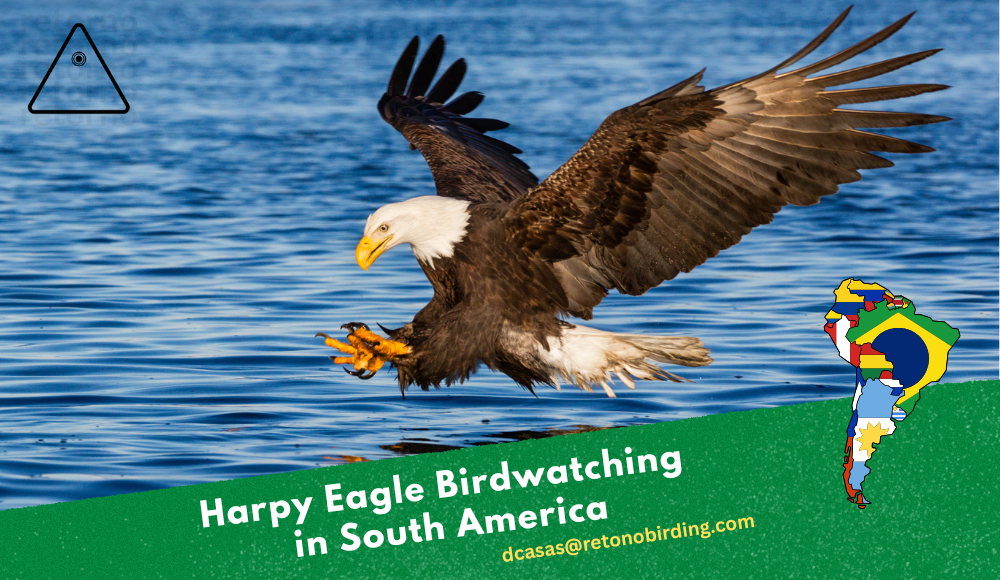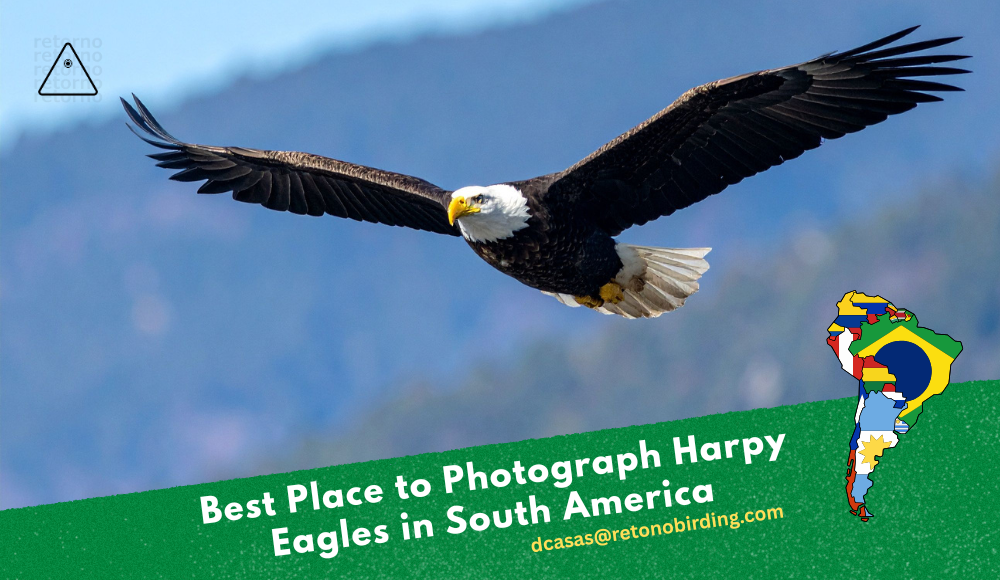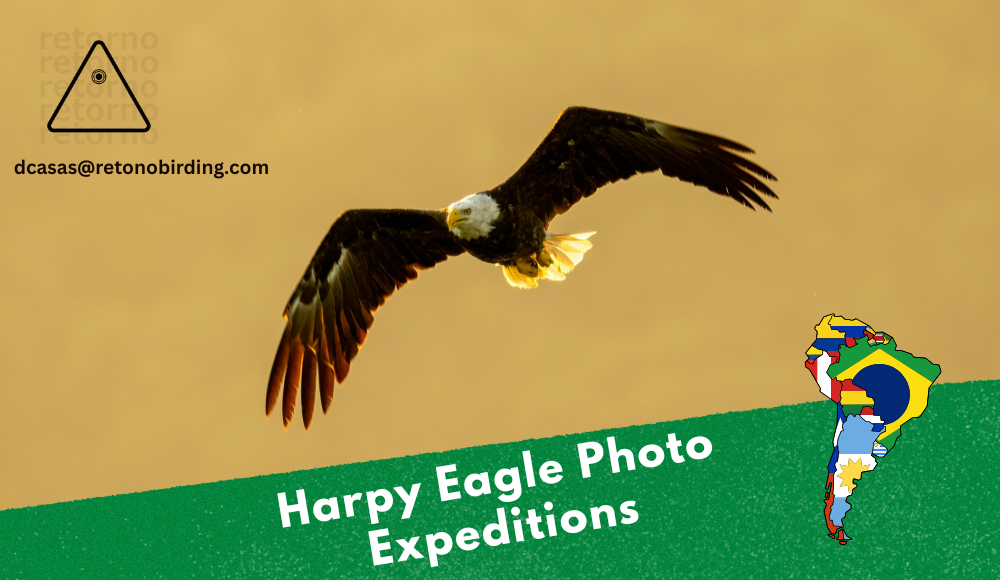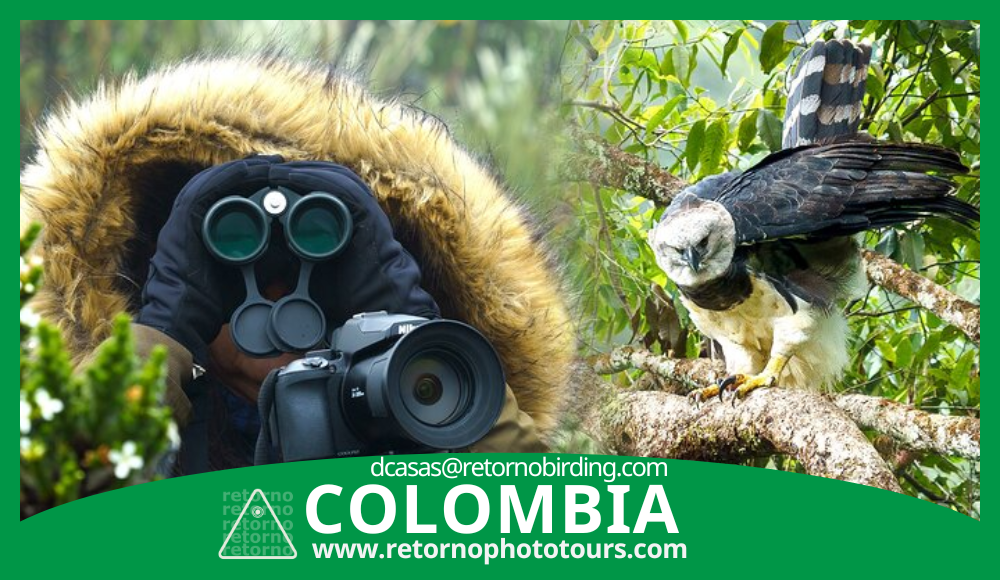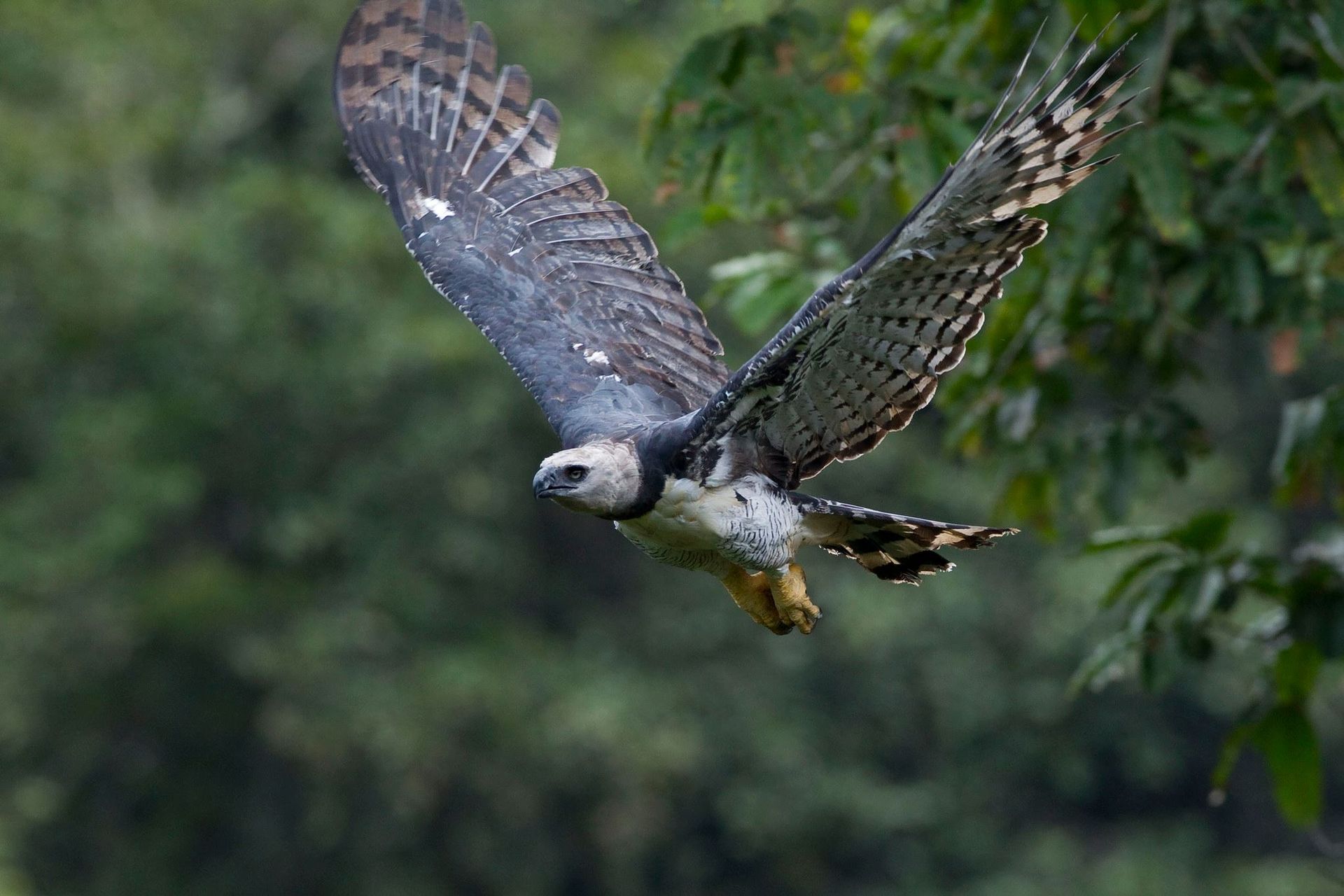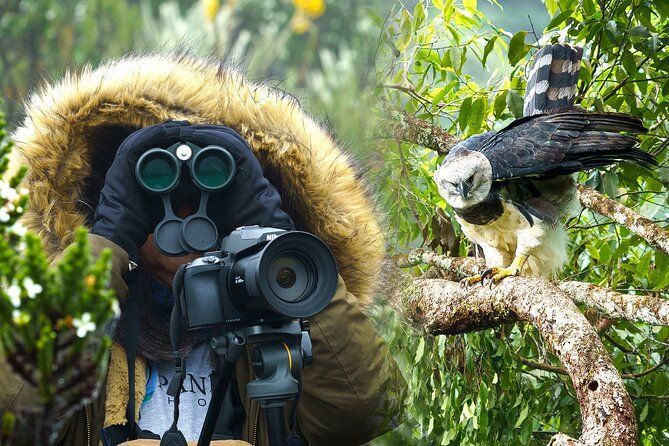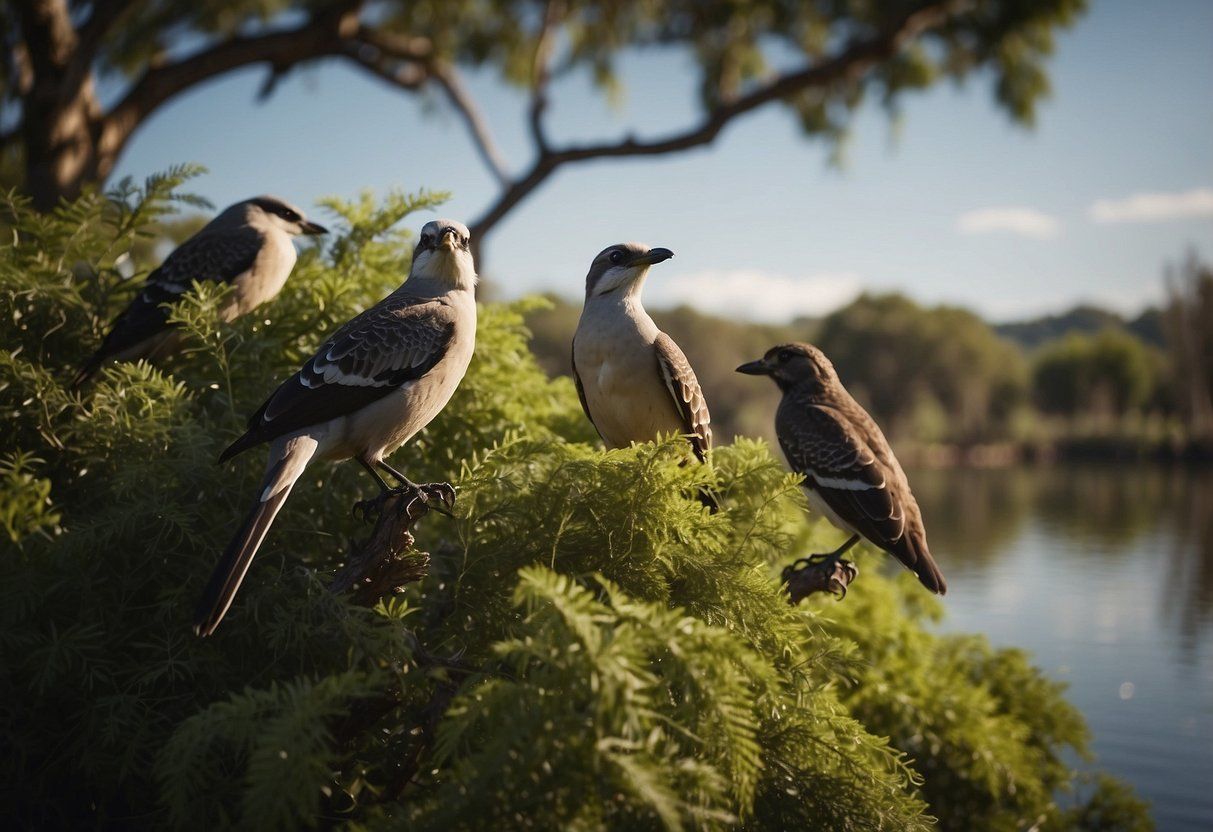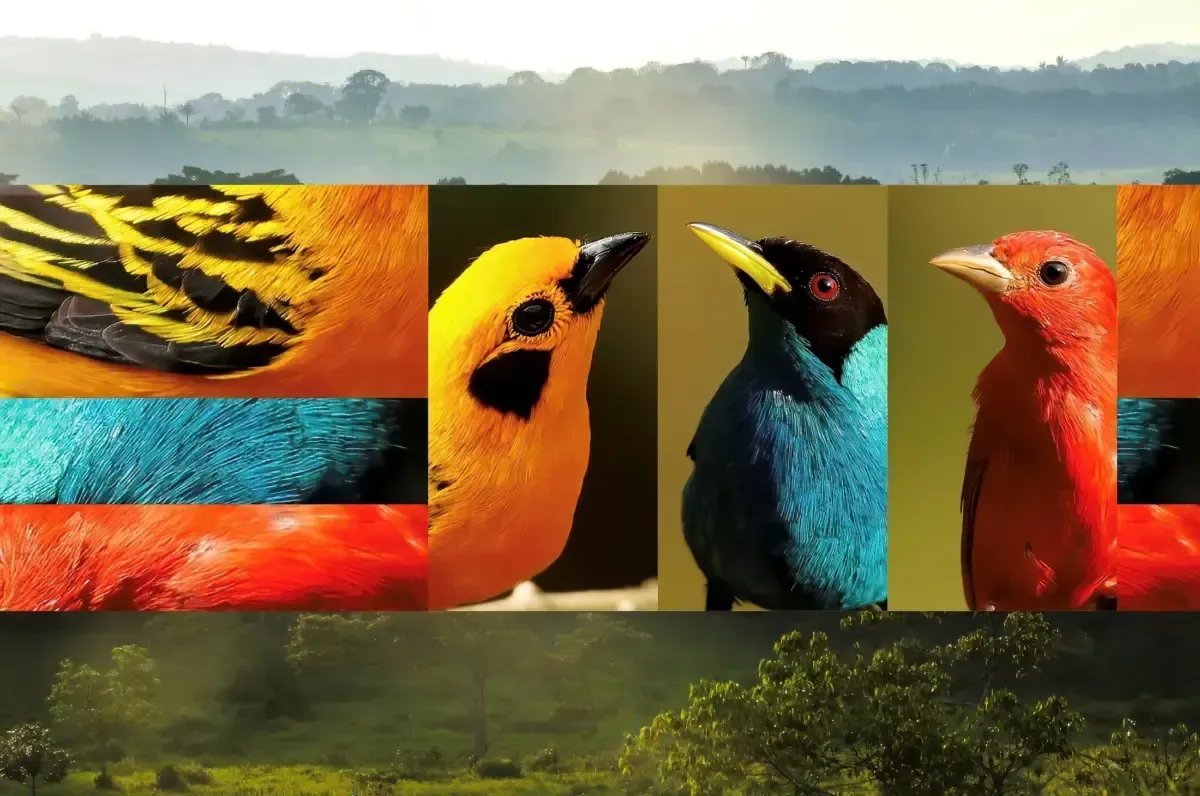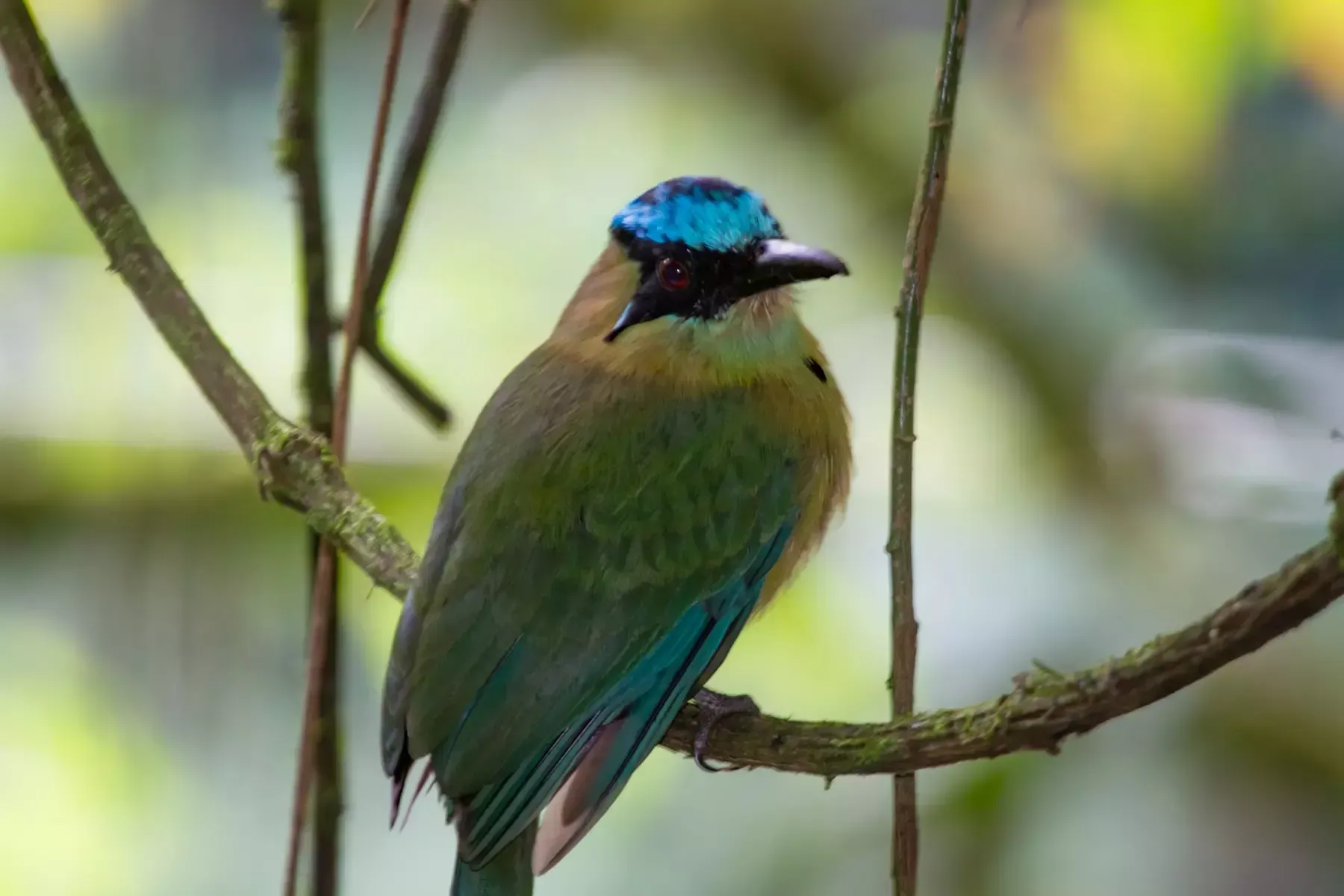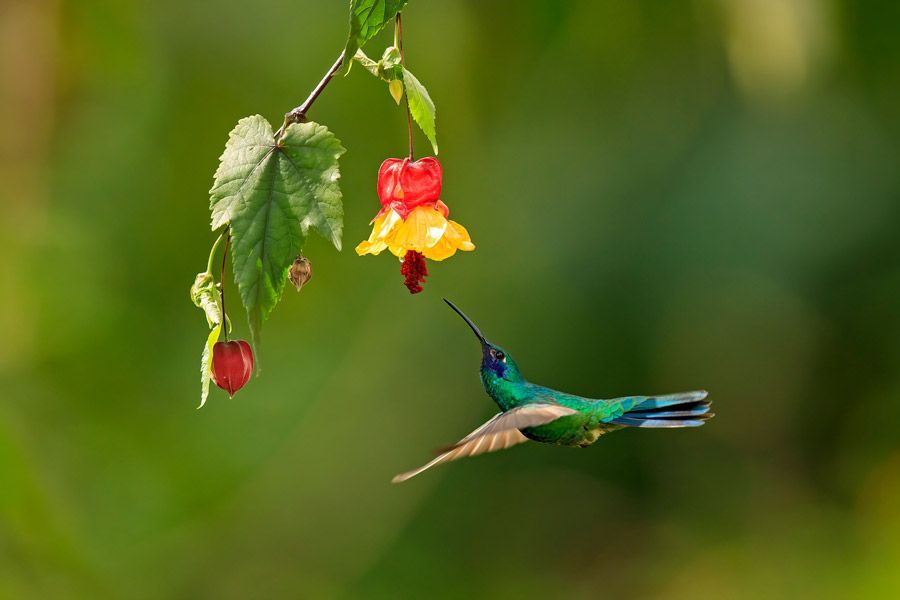Top Bird Photography Locations in Costa Rica for North American Photographers
Top Bird Photography Locations in Costa Rica for North American Photographers
Costa Rica has long been one of the crown jewels of wildlife photography — a small country packed with extraordinary biodiversity, scenic landscapes, and over 900 bird species. For North American photographers, it’s not only a tropical paradise but also one of the most accessible bird photography destinations, with short flights, welcoming locals, and world-class eco-lodges designed with photographers in mind. From vibrant hummingbirds and toucans to resplendent quetzals, Costa Rica offers endless opportunities to capture nature’s masterpieces.
Below is a comprehensive guide to the top bird photography locations in Costa Rica, designed specifically for photographers from the USA and Canada looking for their next photo expedition in 2025.
1. Monteverde Cloud Forest Reserve: Mist, Moss, and Magic
Perched high in the Tilarán Mountains, Monteverde Cloud Forest Reserve is a world-famous destination for bird photography. The constantly shifting mist, dense vegetation, and diffused light create an ethereal atmosphere that makes every shot look cinematic.
Species to Photograph:
- Resplendent Quetzal
- Three-wattled Bellbird
- Emerald Toucanet
- Black Guan
Monteverde’s combination of light rain and filtered sunlight allows for natural color balance in your photographs. The quetzal, with its brilliant emerald plumage and flowing tail feathers, is a must-capture subject for any visiting photographer.
Photography Tip:
Use a fast lens (f/2.8–f/4) to isolate birds against the lush green background. Early morning light enhances the metallic hues of the quetzal’s feathers.
2. La Selva Biological Station: A Photographer’s Gateway to the Lowlands
Situated in the Caribbean lowlands, La Selva Biological Station near Puerto Viejo de Sarapiquí is one of the most important research centers for tropical ecology — and a paradise for bird photographers.
Species to Photograph:
- Keel-billed Toucan
- Great Green Macaw
- Snowy Cotinga
- Collared Aracari
- Rufous-tailed Jacamar
The area offers easy access to trails, hanging bridges, and feeding platforms that bring birds close enough for intimate portraits.
Photography Tip:
Because the rainforest canopy filters much of the light, increase ISO to 1000–1600 and shoot in burst mode to capture sharp, vibrant action shots.
3. Savegre Valley: The Kingdom of the Resplendent Quetzal
Located in the Talamanca Mountains, the Savegre Valley is considered one of the best places in Central America to photograph the Resplendent Quetzal.
The high-altitude forests are filled with oaks, bromeliads, and moss — creating natural textures for background depth in your compositions.
Species to Photograph:
- Resplendent Quetzal
- Long-tailed Silky-Flycatcher
- Flame-colored Tanager
- Volcano Hummingbird
Photography Tip:
Stay near Savegre Lodge or other eco-lodges that offer guided photography tours. Mornings between 6–9 AM are ideal for catching the quetzal as it feeds on wild avocados.
4. Osa Peninsula and Corcovado National Park: The Wild Side of Costa Rica
For photographers seeking a truly wild and untamed setting, the Osa Peninsula and Corcovado National Park are unparalleled. Often referred to as “the most biologically intense place on Earth,” Corcovado hosts more than 450 bird species, including some of the rarest in Central America.
Species to Photograph:
- Scarlet Macaw
- Black-cheeked Ant-Tanager (endemic)
- White-crested Coquette
- King Vulture
- Baird’s Trogon
Here, the light changes dramatically throughout the day, creating artistic opportunities to experiment with exposure and contrast.
Photography Tip:
Bring waterproof covers and silica gel packets to protect your camera from humidity. Use a telephoto zoom (100–400mm or longer) for versatility in dense foliage.
5. Arenal Volcano National Park: Birds Framed by Fire and Forest
The Arenal region blends lush rainforest with the dramatic backdrop of Arenal Volcano, offering both scenic landscapes and superb bird diversity.
Species to Photograph:
- Montezuma Oropendola
- Great Curassow
- White-fronted Nunbird
- Laughing Falcon
- Golden-hooded Tanager
Many lodges around La Fortuna have dedicated photography areas and feeders, making it easy to capture hummingbirds and tanagers in perfect light conditions.
Photography Tip:
Try shooting during light rain — it enhances feather gloss and adds natural drama. Carry a lightweight rain poncho to keep yourself mobile while protecting your gear.
6. Carara National Park: Where Rainforest Meets Dry Forest
Located near the Pacific coast, Carara National Park is one of the few regions in Costa Rica where tropical dry forest transitions into humid rainforest — a unique blend that attracts an incredible diversity of bird species.
Species to Photograph:
- Scarlet Macaw (large nesting colonies)
- Fiery-billed Aracari
- Black-hooded Antshrike
- Northern Royal Flycatcher
Photography Tip:
Afternoon sessions near the Tarcoles River offer incredible opportunities to capture macaws in flight, especially when returning to roost in the mangroves.
7. Tortuguero National Park: Birds of the Waterways
Accessible only by boat or plane, Tortuguero on the Caribbean coast is an essential stop for photographers who love combining bird and landscape shots. Its intricate network of rivers, lagoons, and forests provides perfect natural reflections.
Species to Photograph:
- Green Ibis
- Agami Heron
- Sungrebe
- Northern Jacana
- Great Potoo
Photography Tip:
Use a low angle from boats to get mirror-like water reflections. A 100–400mm lens gives you flexibility while shooting from moving boats.
8. Palo Verde National Park: The Heart of Wetland Photography
During the dry season (December to April), Palo Verde National Park becomes a photographer’s haven, drawing thousands of migratory and resident waterbirds.
Species to Photograph:
- Jabiru Stork
- Roseate Spoonbill
- Wood Stork
- Black-bellied Whistling Duck
- Snail Kite
Photography Tip:
Photograph at dawn for calm water and rich golden tones. Use a tripod and long lens to capture birds feeding in distant marshes.
9. La Paz Waterfall Gardens: Controlled Beauty for Close-Up Shots
For beginners or those with limited time, La Paz Waterfall Gardens near San José offers a perfect introduction to Costa Rican bird photography. With carefully maintained feeders and natural perches, it’s possible to photograph dozens of hummingbird species within a few hours.
Species to Photograph:
- Violet Sabrewing
- Green-crowned Brilliant
- Magenta-throated Woodstar
- Black-bellied Hummingbird
Photography Tip:
Use flash diffusers and remote triggers to freeze the rapid wing movement of hummingbirds without harsh shadows.
10. Caño Negro Wildlife Refuge: Birds of the Northern Wetlands
Near the Nicaraguan border, Caño Negro is a sanctuary for aquatic and migratory birds. Boat tours allow close encounters with species feeding along the shallow lagoons.
Species to Photograph:
- Nicaraguan Grackle
- Black-collared Hawk
- Green Heron
- Anhinga
- Ringed Kingfisher
Photography Tip:
Shoot in aperture priority mode (f/5.6–f/8) for sharp depth of field while maintaining background blur. Early morning mist adds a soft touch to water scenes.
Bonus: Private Lodges and Photography Stations
Many eco-lodges in Costa Rica, such as Bosque de Paz, Rancho Naturalista, and Hotel Savegre, are designed with photographers in mind. They feature strategically placed perches, natural feeding stations, and expert guides who understand the rhythm of bird movement and lighting.
Photography Tip:
Bring multiple memory cards — opportunities are endless, and you’ll easily shoot thousands of frames in a single day.
Final Thoughts: Why Costa Rica is Perfect for North American Photographers
For photographers from the USA and Canada, Costa Rica offers the ideal mix of proximity, diversity, and professionalism. Short flights from Miami, Houston, or Toronto make it easy to reach, and its network of eco-lodges ensures comfort and security while remaining close to nature.
In just a week, you can move from Caribbean wetlands to Andean cloud forests, photographing quetzals at sunrise and macaws at sunset. The vibrant colors, approachable wildlife, and accessibility make Costa Rica a dream destination for any bird photographer — from passionate amateurs to seasoned professionals.
In 2025, few places on Earth will rival Costa Rica for bird photography. Its combination of biodiversity, hospitality, and world-class photographic infrastructure makes it an essential destination for anyone passionate about capturing nature’s most beautiful creations.


